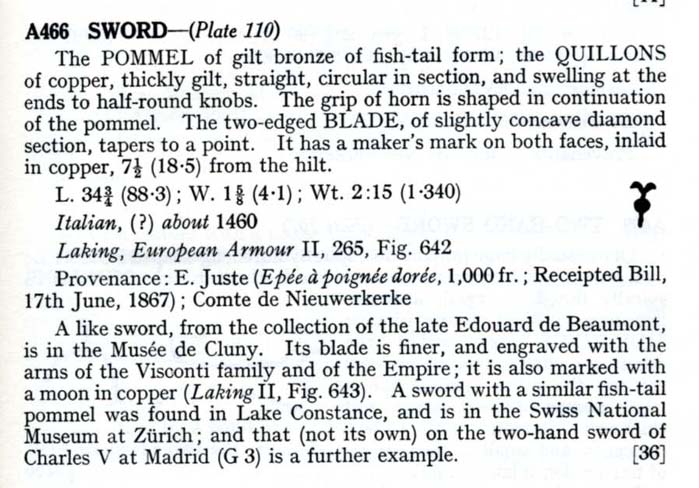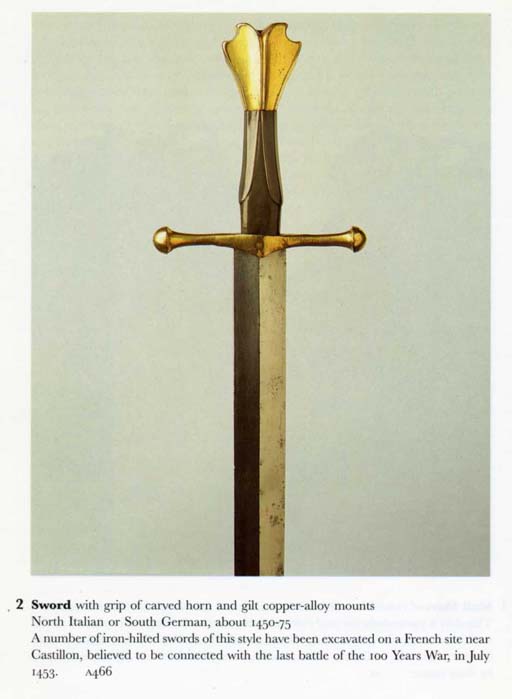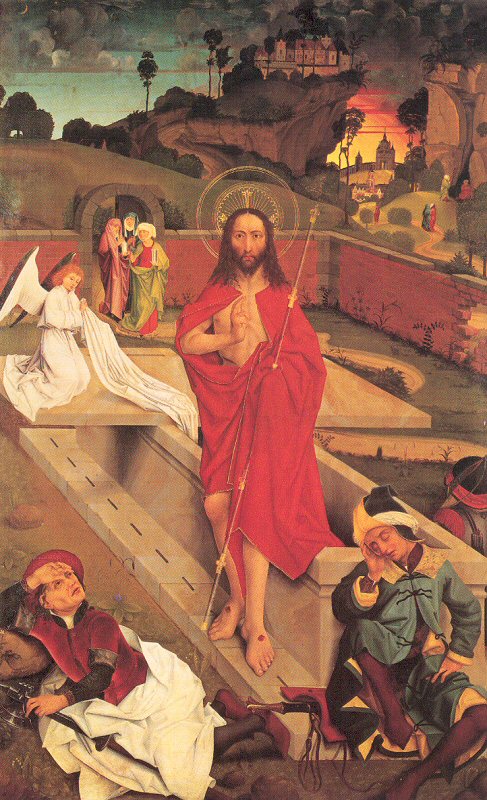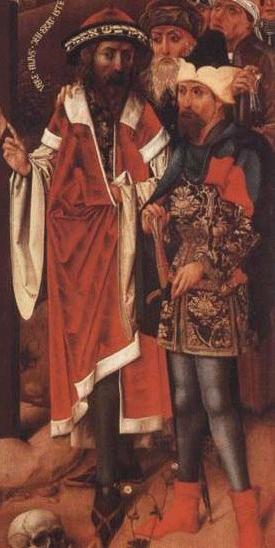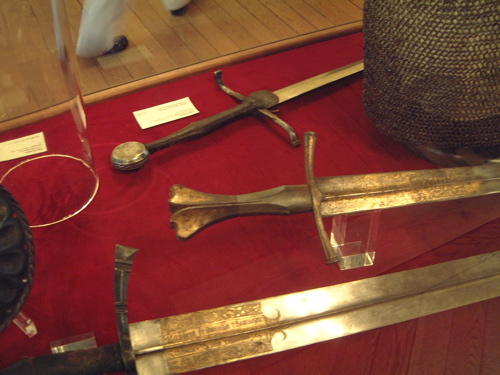[ Linked Image ]
From the Wallace's page for this sword:
| Quote: |
| Unknown Artist / Maker
Italyc. 1460 Iron or steel, gold, bronze, copper and horn Length: 88.3 cm Width: 4.1 cm Weight: 1.34 kg Maker's mark Inlaid in copper, 18.5cm from hilt A466 European Armoury I History: E. Juste, 1867; comte de Nieuwerkerke; Sir Richard Wallace, 08/1871. Further Reading: Mann, Sir J. G., Wallace Collection Catalogues: European Arms and Armour Volume II, London: The Trustees of the Wallace Collection, 1962 Norman, A. V. B., Wallace Collection Catalogues: European Arms and Armour Supplement, London: The Trustees of the Wallace Collection, 1986 |
This piece is listed in Oakeshott's Records as 'XVIII. 8' on page 179:
| Quote: |
| Type: XVIII
Find-place: Unknown Collection: The Wallace Collection, London. A.466 Blade-length: 34 3/4" (88.3 cms) Pommel-type: V Cross-style: Clubbed and short, Style II Date: c.1440-60 Condition: Perfect. Carefully preserved in indoor conditions. The pommel is of gilded iron, perfectly preserved; the grip of black horn equally so, but the cross is of copper, more coarsely made than the pommel and the gilding looks different. Some suspicion has recently been cast upon it, the suggestion being that it is a 19th century replacement. There is a mark, inlaid in copper on each side of the blade. This is the second sword in the family referred to under XVIII.4 above. Publication: Mann & Norman; Seitz, vol.I; Laking, vol.I. - Oakeshott, E. (1991). Records of the medieval sword. Woodbridge, England: The Boydell Press. |
I was about to put out a call for more photos of this piece when I saw Julien M's fantastic pics in Peter Lyon's Al's Type XVIII thread.
Julien only posted four thumbnails there, but the detail he has captured is so wonderful, I thought it would be good to 'rescue' these by posting the links here, and let everyone see the amazing detail on this piece (as well as thank Julien for his work in capturing this!):


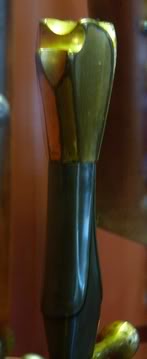
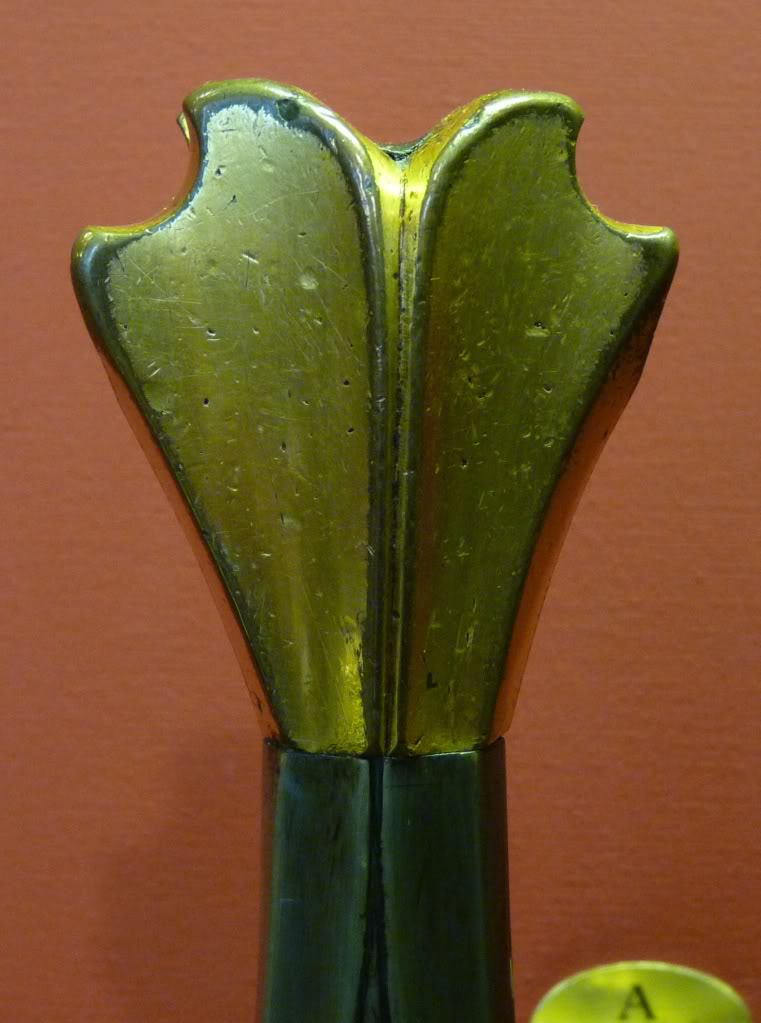

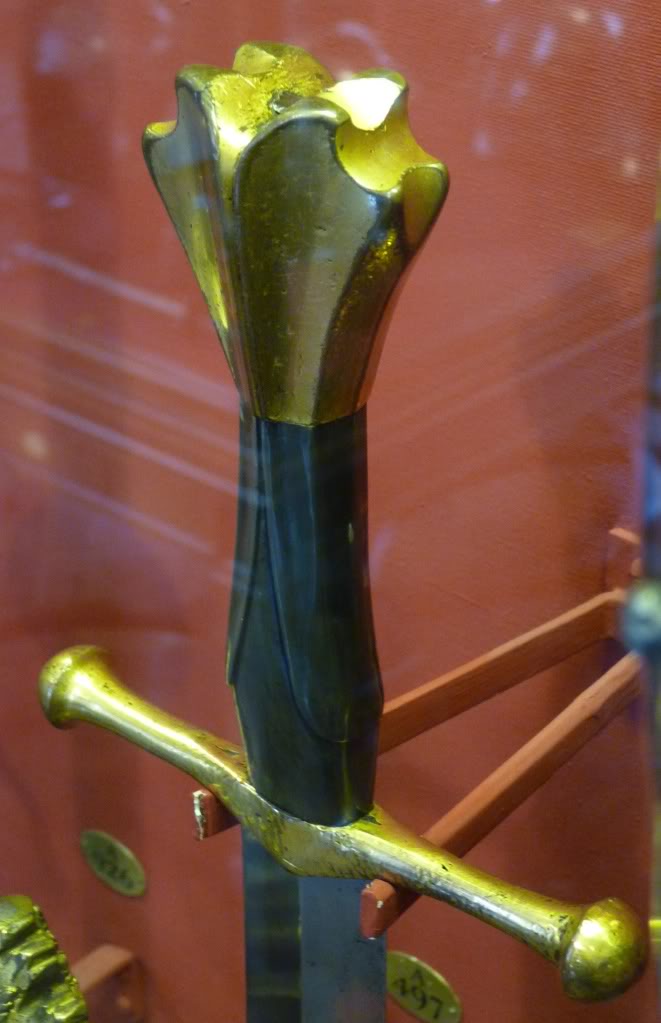
Julien M, you're a gentleman and a scholar ...
Now, some questions:
1. What else do we know about this sword? My copy of Mann's Wallace Collection Catalogues is on order ...
2. If the artist / maker is unknown (Wallace Collection), and the find-place is uknown (Oakeshott's Records), what is it that tells us this sword is Italian? Oakeshott's The sword in the age of chivalry (Woodbrige: The Boydell Press, 1964/2009), lists 'the only survivors' of this type as being in the Wallace, the Musée de Cluny, Madrid, and Zurich, with his postscript to the 1994 edition adding that the Castillon find added at least six more into circulation. He says that the Type V pommel is 'less rare in art', citing effigys in Germany and England, as well as Hans Memling's 'The Virgin and St. George'. He finishes his discussion with:
| Quote: |
| Several other Flemish and German paintings show this pommel type, so much so that it is not unreasonable to suggest that it is a North-Western European rather than an Italian type. (p. 108) |
3. Did Carlo Paggiarino include the A466 in his The Wallace Collection? Carlo's detail in the Churburg book was incredible, if slightly frustrating sometimes in its 'can't see the trees for the leaves' detail ... but in studying something like the A466, and seeing the richness in detail in Julien's photos above, I can see how that could actually be a benefit.
4. What was the outcome of 'Some suspicion has recently been cast upon it, the suggestion being that it is a 19th century replacement'?
5. And, er, hands up who else likes the A466 ... :D

